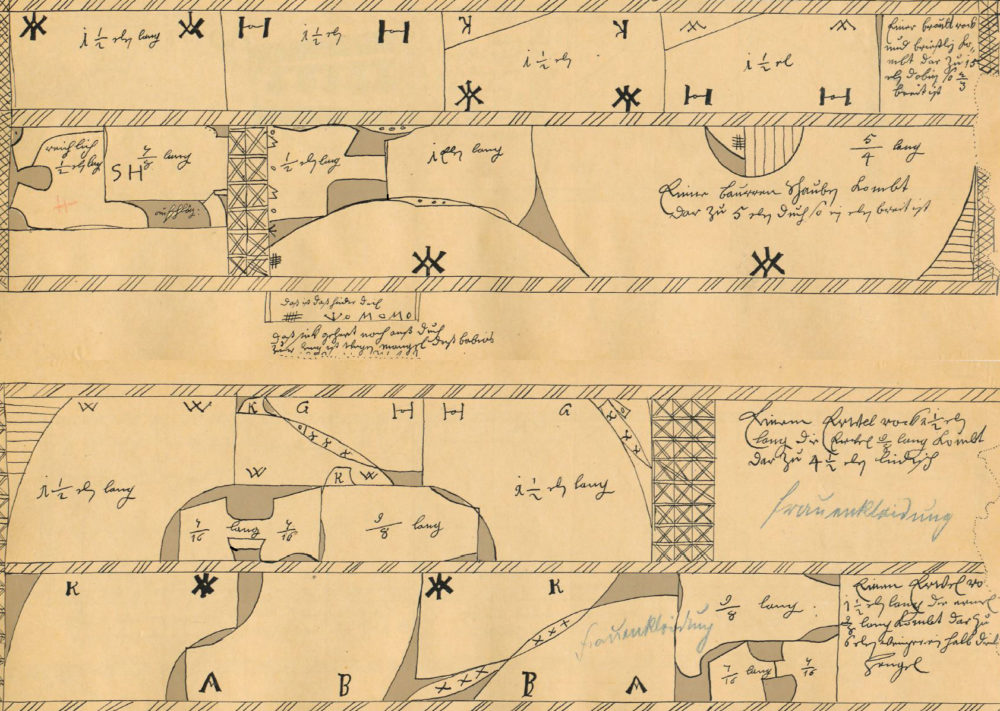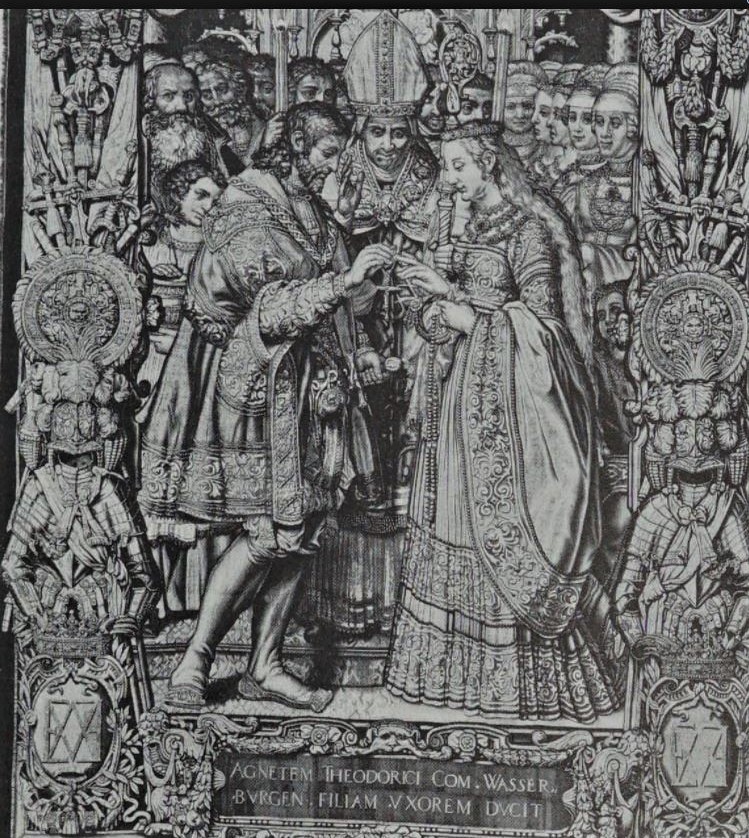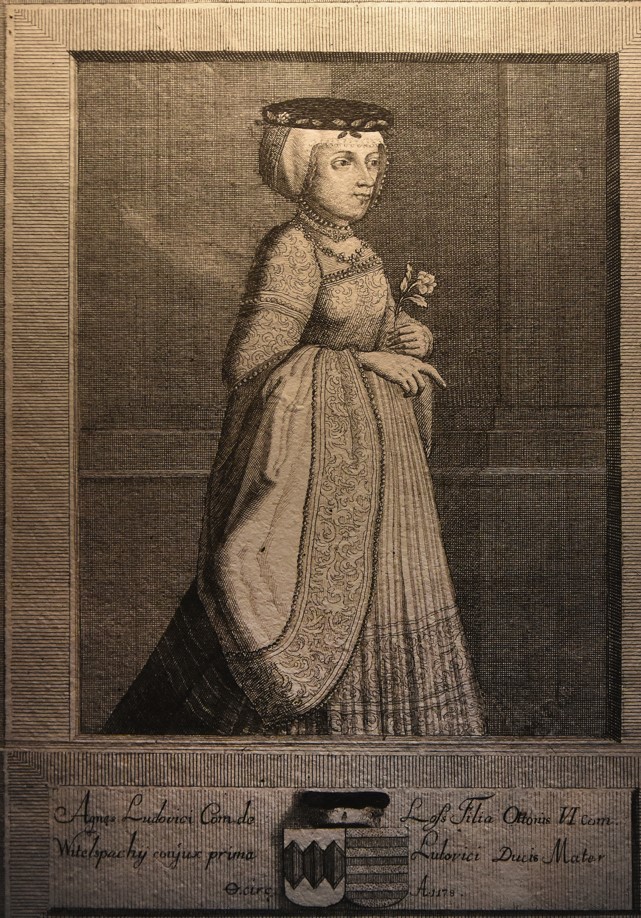data collection continues
My quest to get a single portrait in context has finally reached a point where my decades long collection of images and articles is manageable. Letting me find similar images using more crude tools like reverse image search and “similar images” type searches. But so far I think I have the ability to make some fairly bold claims.
It’s been a bit of a long stretch but I’m now able to attempt to sort my collection of extant items (I mean my digital files) as that too puts so much in context.
One of the things I have noticed is that if you redraw all the Spanish manuals according to the measurements you are left with very static pattern shapes that can be cut into (slashes and panes etc.) that can totally change the look of the final work.
There is quite a difference in how the hand drawn manuals seem to work, but that is mostly down to how well I can read printed Spanish over handwritten Northern texts. So I think I just need to take time to trace the patterns and use the excellent “Drei Schittbucher” to type out the measurements and then do the same redrawing I did with Alcega, Burguen, and Anduxar.
But the 1540 Swabian Schnittbuch looks like it might be a bit closer to the Spanish manuals in terms of having relatively easy to read measurements.

Row 1) a skirt that is very similar in structure to extant skirts such as in Patterns of Fashion, slight hem shaping, full widths at the waist with gores/extensions to add about one extra width in total to the waist but more than two widths at the hem. I am glad! I thought I was a bit enthusiastic in making my pink skirt this wide!
Row 2) a bodice with a high neck like a jubon in the Spanish manuals and what would be called manga juste- not full not tightly fitted. A low necked bodice and similar sleeve, full circle skirt with the waist about the size of the waist of the bodice. I can’t quite make out the text in the small box below but also can’t see a bodice back.
Row 3) Full circle skirt with the waist fuller than the low necked bodice that does have a back, similar sleeves to previous.
Row 4) Full circle skirt with an even larger waist to be pleated down to fit the waist of the low necked bodice- the front and back aligned to look like they are cut continuously but in fact the CB is aligned to the selvage and the CF is not. It is possible that where you cut the two apart could be part of the customisation process.
And this now has answered some of my questions which is fantastic!



